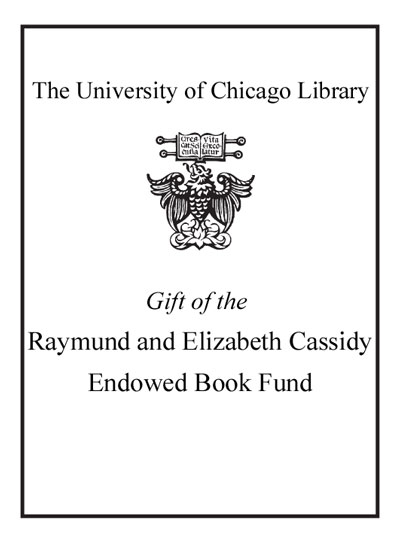| Summary: | "Este libro responde a la pregunta ¿cuáles son los efectos que ha generado la implementación de la política de reasentamiento, tras la declaratoria de riesgo no mitigable, teniendo en cuenta las múltiples condiciones por las cuales pueden ser considerados "vulnerables" los habitantes del barrio Yopal en Usme? Luego se busca dejar en evidencia que la política de reasentamiento vigente en la ciudad de Bogotá reduce la situación de vulnerabilidad a una cuestión netamente física (es decir, a la ubicación de la vivienda y a las condiciones estructurales de la misma), sin tener en cuenta los múltiples factores que la pudieron haber generado. Tres casos son la columna transversal de este libro y es a través de ellos que se cuenta la historia del barrio Yopal, de Usme, de los migrantes de origen rural que llegaron a la ciudad de Bogotá en la segunda mitad del siglo pasado, así como de la Organización Popular de la Vivienda La Independencia."--Page 4 of cover.
This book answers the following question: What are the effects of the implementation of the resettlement policy after the statement of non-mitigable risk, considering multiple conditions by which the inhabitants of the Yopal neighborhood can be considered "vulnerable" in Usme? Subsequently, the study seeks to demonstrate that the resettlement policy in force in the city of Bogotá reduces the situation of vulnerability to a purely physical issue (that is, to the location of the house and its structural conditions), without taking into account multiple other factors that could have generated it. Three cases constitute the transversal axes of this book, which tell the story of the Yopal neighborhood of Usme, give account of the migrants of rural origin who arrived in the city of Bogotá in the second half of the last century, and examine the Popular Housing Organization La Independencia.
|
|---|

